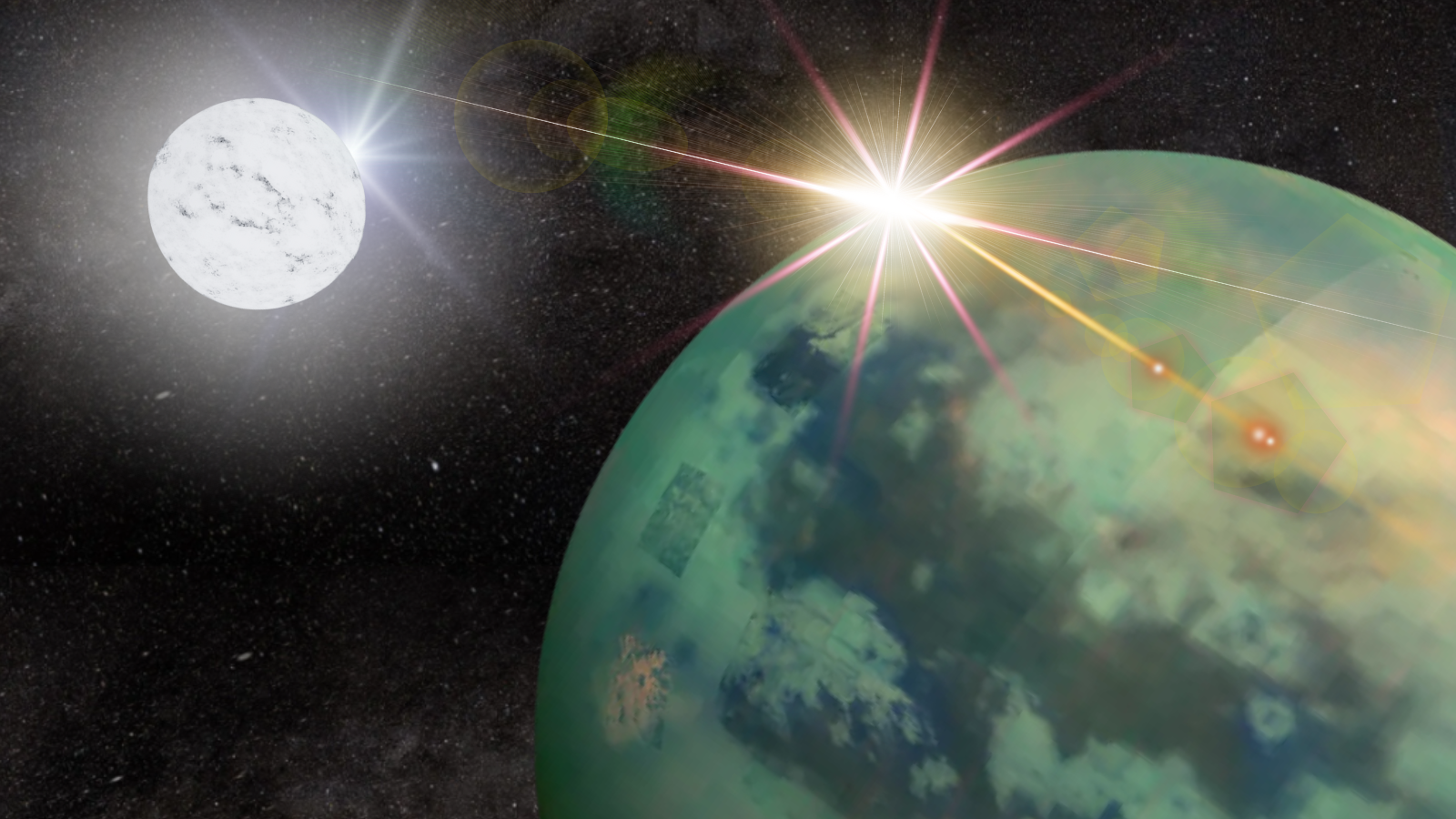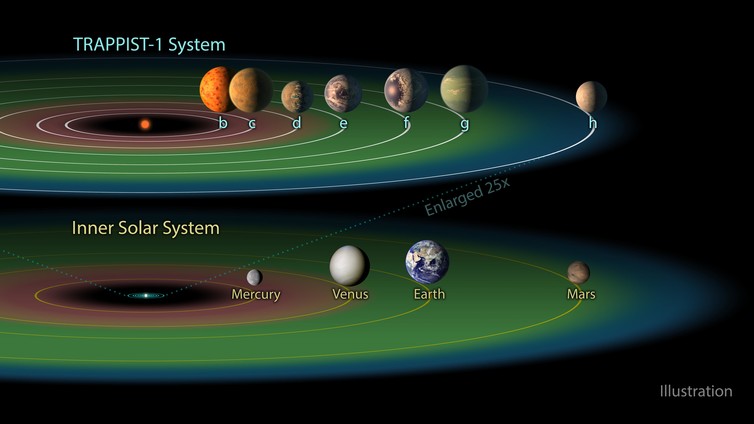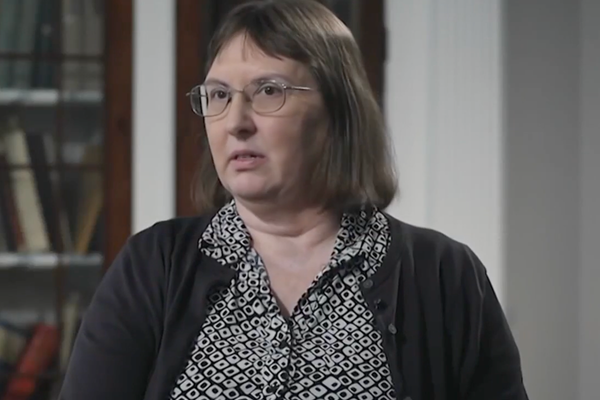
White dwarfs may be stellar corpses, but that doesn't mean that everything around them has to be lifeless.
That's the conclusion of Florida Institute of Technology researcher Caldon Whyte, who's particularly fascinated by these stellar remnants. Until now, scientists have generally thought that planets orbiting white dwarfs would be unsuitable for life because the dynamic temperature decrease of their dead parent star makes their atmospheres too unstable.
As the James Webb Space Telescope (JWST) increasingly investigates white dwarf systems, however, Whyte and colleagues developed a model capable of assessing if two key life-sustaining processes could occur in the range of orbits around a white dwarf temperate enough to allow liquid water to exist. This region around stars is referred to as the habitable zone or Goldilocks zone, because it's neither too hot nor too cold, just like the bear's porridge in the famous story.
The model developed by the team found that white dwarfs can fuel both processes simultaneously, making Earth-like planets possible around white dwarfs.
This discovery could help widen the focus of our search for life elsewhere in the cosmos, suggesting that systems that had previously been written off need to be revisited.
Related: The search for alien life
Expanding the boundary of Goldilocks zones
Habitable zones around stars are usually easy to define for stellar bodies like the sun and other main-sequence stars, which tend to have fairly stable temperatures over long periods of time. That isn't the case with white dwarfs, which form when stars like the sun run out of fuel for nuclear fusion, shedding their outer layers as their cores collapse and forming a cooling stellar ember.
Because these late-stage stellar bodies no longer have a source of fuel, they spend the rest of their existence gradually cooling, and that makes their temperatures and energy outputs inconsistent.
As a result, the Goldilocks zones around white dwarfs are constantly narrowing, with the distance that liquid water can exist without freezing on orbiting planets constantly shrinking around these dead stars.

Whyte and colleagues wanted to know if a planet orbiting a white dwarf in a constricting habitable zone could sustain processes that seem to be important for life for a period of seven billion years, the stretch that scientists have estimated is the maximum habitable lifetime of an Earth-like planet in this region around a star.
The team's model focused on two processes: photosynthesis, which plants use on Earth to convert sunlight, water and carbon dioxide into sugars, and ultraviolet (UV)-driven abiogenesis. This is the idea that UV radiation could help life arise — one of the theories that has been suggested to explain life taking root on Earth.
The model simulated an Earth-like planet orbiting a white dwarf, allowing the team to measure how much energy the world received as its dead star cooled and the habitable zone it sat in shrank.
Surprisingly, this revealed that, over the seven billion years, the simulated planet received enough energy to sustain both photosynthesis and UV-driven abiogenesis.
"That isn’t really common around most stars," Whyte said in a statement. “Something like the sun, of course, can provide enough energy, but brown dwarfs and red dwarfs smaller than the sun don’t really provide the energy in the UV and the photosynthesis range."
These findings could help scientists decide which systems to focus telescopes like the JWST on as humanity continues to search the cosmos for alien life. In particular, the results suggest that white dwarf systems may be worth a look as this hunt continues.
"We're giving them the confidence that these star systems are worth investing time and money into," Whyte said.
The team's results were published in December 2024 The Astrophysical Journal Letters.







